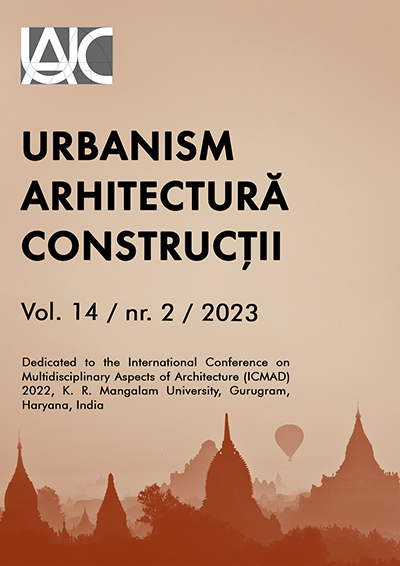Flexible architecture: rethinking the indoor built environment
Flexible architecture: rethinking the indoor built environment
Author(s): Priyom Banerjee, Manika GoelSubject(s): Architecture
Published by: INCD URBAN-INCERC
Keywords: adaptability; flexibility; movability; interactive; perspective;
Summary/Abstract: Flexibility has been one of the most appealing concepts in architecture since the modern movement, and today's modern society requires structures that can adapt to technological improvements and, as a result, form a symbiotic connection between the building and its users. A space with the usability range changes while improving the space usage and efficiency. As an architect, you plan for the present, with an understanding of the history for a future that is fundamentally uncertain. Keeping future possibilities in mind, flexibility entails developing a place that is multi-functional and can be transformed or altered to meet expected future demands. It is a concept that is being followed for centuries, as living beings, we were always adaptive in nature, and the evolution is what kept us moving. This research will review the boundary of flexible design, considering the different aspects, and how it impacts the built environment comparing it with the ideologies of the different historical time periods. The goal of this study is to analyze the concept of spatial flexibility, in the terms of Adaptability, transformability, and movability also identifies various obstacles in obtaining space flexibility and its solutions by comparing a pattern from past historical examples.
Journal: Urbanism. Arhitectură. Construcţii
- Issue Year: 14/2023
- Issue No: 2
- Page Range: 183-192
- Page Count: 10
- Language: English

